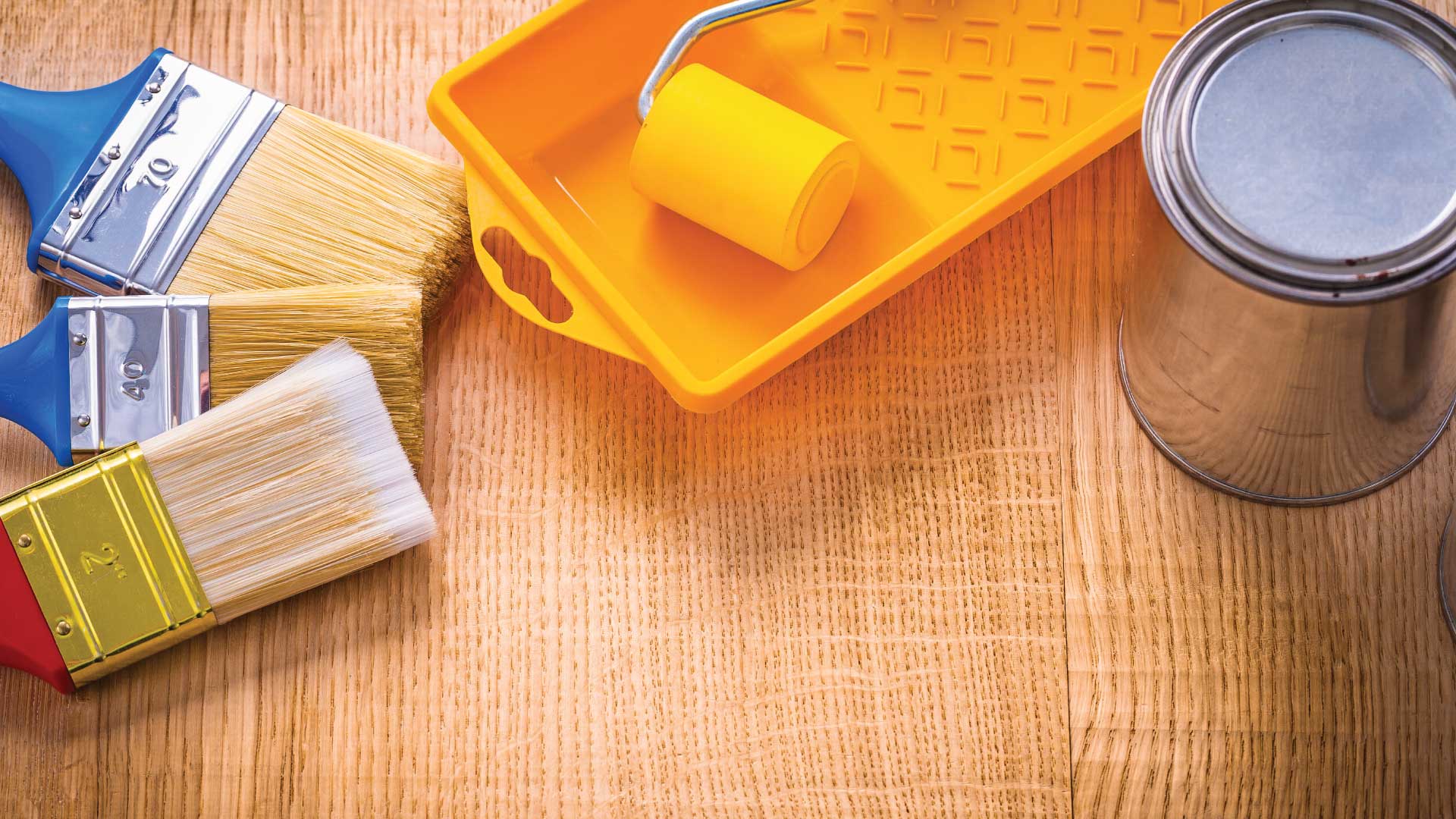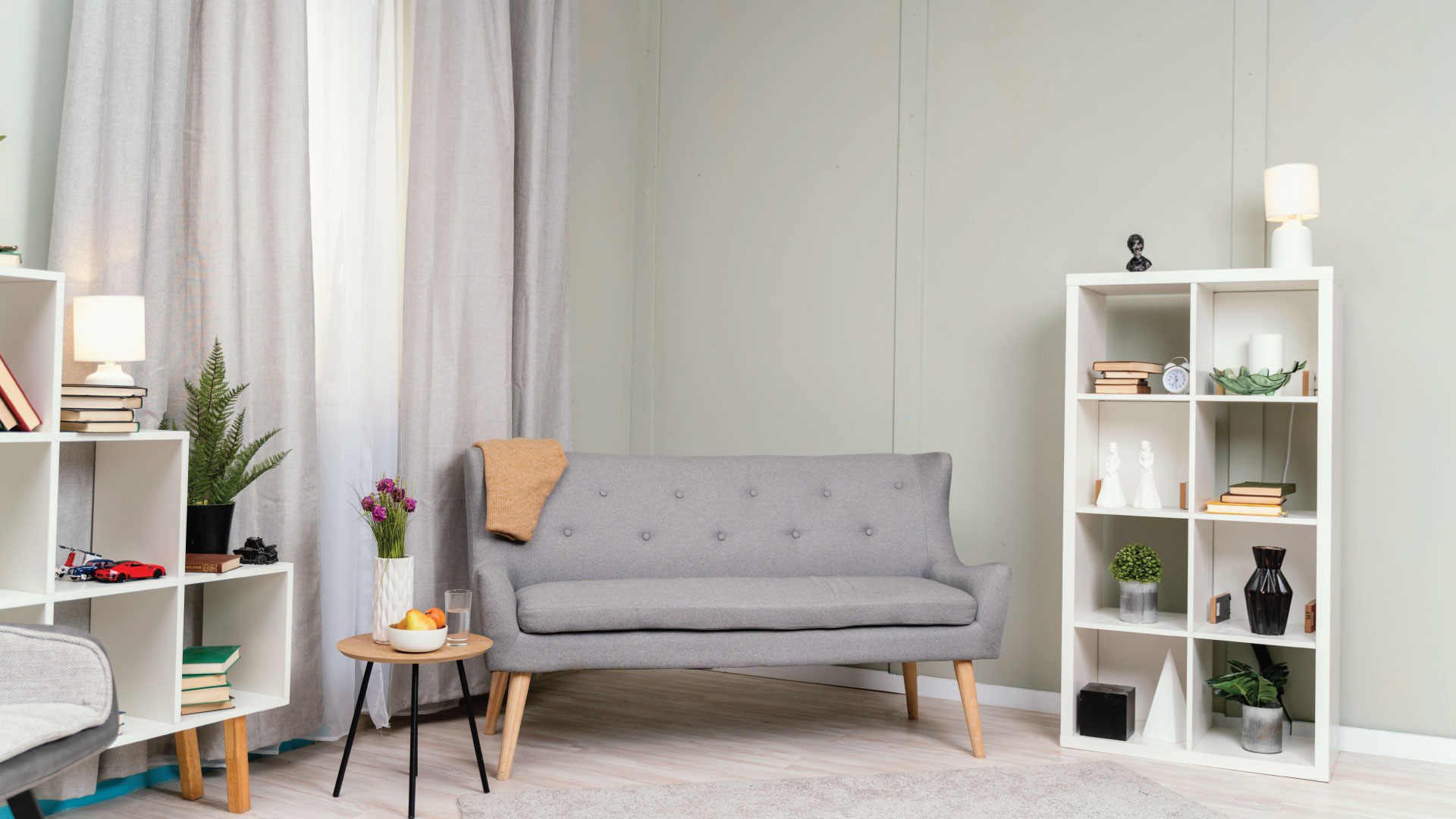
When it comes to designing and decorating your home, selecting the color palette is a decision that significantly influences the overall ambiance. Colors not only impact aesthetics but also play a vital role in affecting mood, perception of space, and even functionality. In this comprehensive guide, we will delve deeper into essential tips and considerations to help you choose the perfect color palette that not only reflects your personal style but also creates the desired atmosphere in every nook and cranny of your home.
1. Understand Your Personal Style:
Before embarking on the journey of choosing colors, it’s crucial to have a clear understanding of your personal style. Are you drawn to a modern and minimalist aesthetic, or do you prefer the timeless charm of classic and traditional designs? Your choice of colors should seamlessly align with your overall style, creating a visual harmony that runs throughout your living space.
2. Consider the Functionality of Each Space:
Every room in your home serves a unique purpose, and the choice of colors can significantly influence how you experience that space. For instance, warm and inviting tones such as beige or soft yellows are ideal for areas intended for relaxation, like the bedroom. On the other hand, vibrant and lively colors like blues and greens may work wonders in social spaces like the living room. By carefully considering the function of each room, you can ensure a harmonious and functional environment.
3. Leverage Color Theory:
Color theory is a valuable tool that can guide you in selecting a palette that works cohesively. Warm colors, including reds and oranges, tend to be stimulating and energetic, while cooler tones like blues and greens have a more calming effect. Additionally, understanding the concepts of color saturation and brightness is crucial to achieving the right balance in your chosen palette.
4. Observe Natural and Artificial Lighting:
The impact of lighting on color perception cannot be overstated. Natural light changes throughout the day, influencing the way colors appear. It’s essential to observe how different hues interact with both natural and artificial lighting in your home. Colors may look different under various lighting conditions, so be sure to test color samples in the actual environment before making final decisions.
5. Follow the 60-30-10 Rule:
A tried-and-true design principle is the 60-30-10 rule. This guideline suggests allocating 60% of a dominant color, 30% for a secondary color, and 10% for an accent color. This balanced approach ensures visual appeal and allows specific elements to stand out without overwhelming the space with too many competing colors.
6. Consider the Psychology of Color:
Colors have psychological and emotional associations that can profoundly impact the mood of a room. Consider the feelings you want to evoke in each space. Neutrals like gray or white can create a sense of tranquility and spaciousness, while bold and vibrant colors can inject energy and vitality.
7. Experiment and Have Fun:
While principles and guidelines are helpful, don’t be afraid to experiment and infuse your personality into your color choices. Your home is a reflection of you, and adding personal touches through color can make it truly unique.
Conclusion:
Choosing the right color palette for your home is an exciting journey that requires thoughtful consideration. By understanding your personal style, the function of each space, and applying principles like color theory and psychology, you can create a living environment that not only pleases the eye but also resonates with your personality. So, go ahead, experiment, have fun, and let the transformative power of colors turn your house into a haven that feels uniquely yours!



